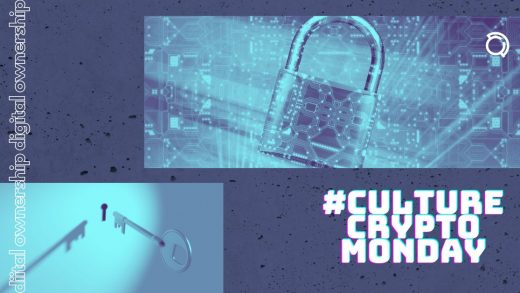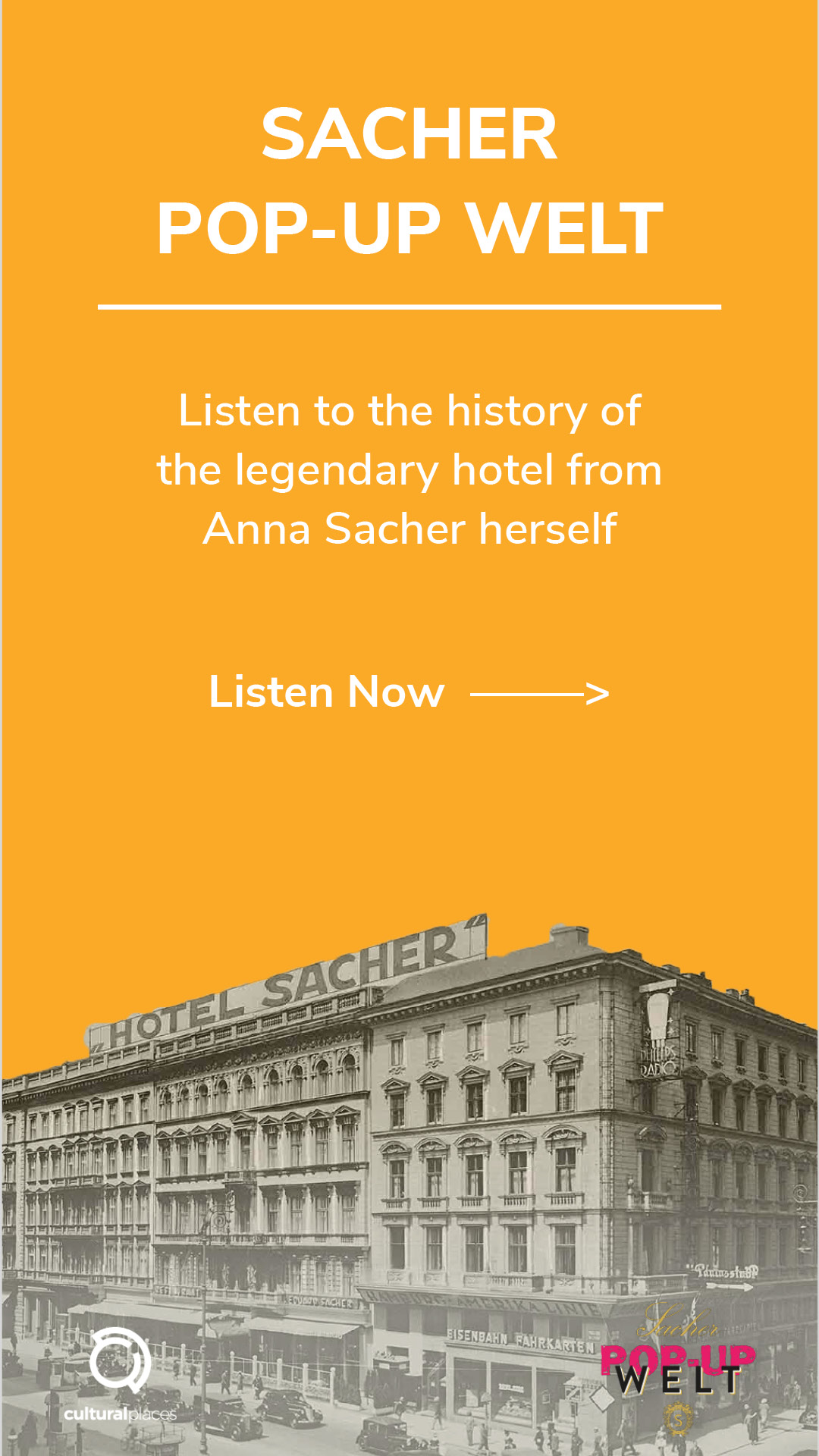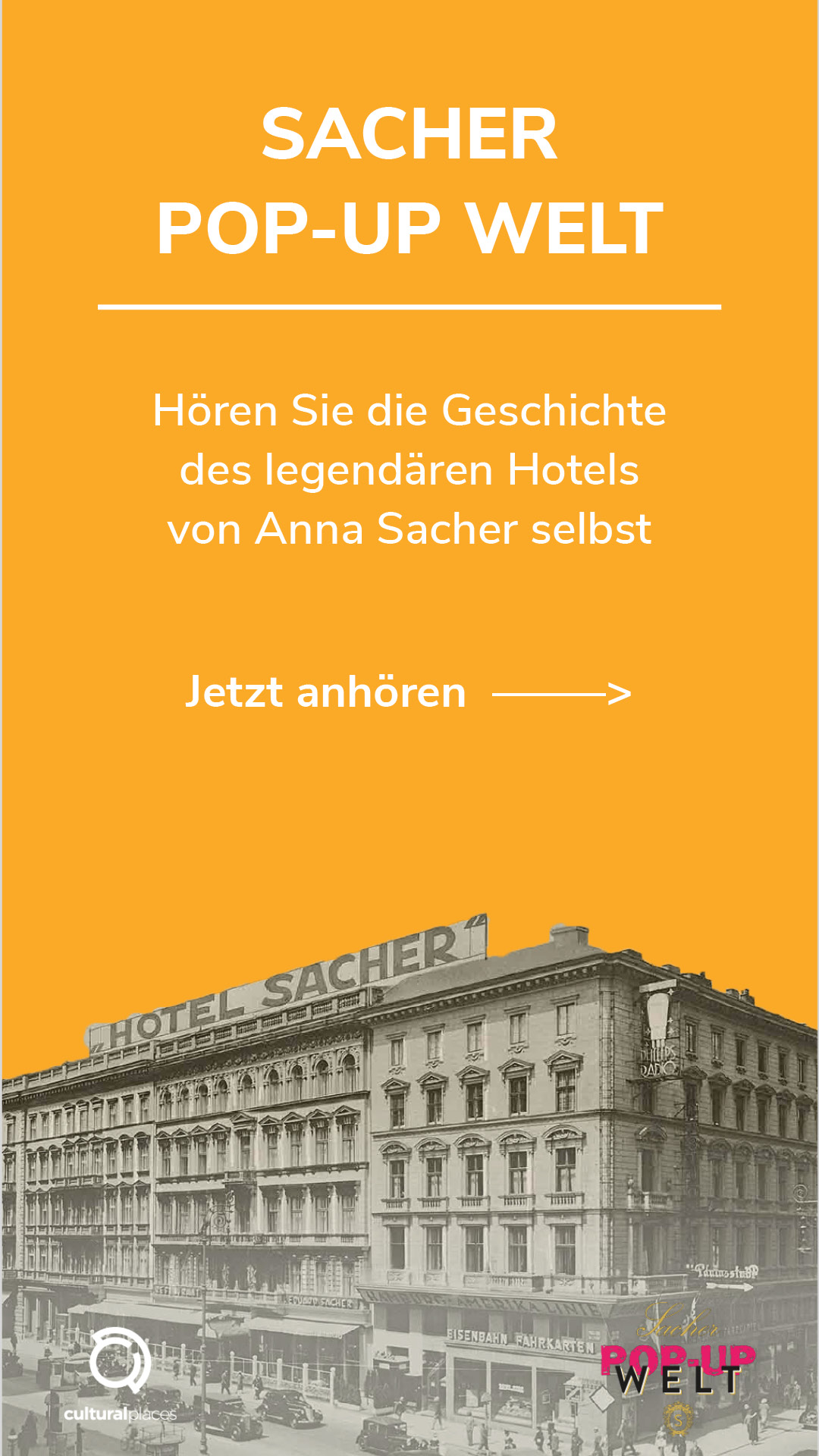Museums in Lockdown and Their Digital Strategies
The latest crisis is a challenge for most – in this post, we will take a look at how museums in lockdown in Austria, Germany, and Switzerland are dealing with the closures and present a selection of their current online offers. #ClosedButActive
Digitalization is going further and further – sometimes slow, sometimes fast. Some museums have already implemented several projects; others are just starting. The digitalization of museums’ artifacts is often the beginning, and collections are made available online. But there’s much more – from virtual tours to interactive games, to digital guides to exciting visualizations, and so on.
The following examples are only a brief insight into what’s on offer in the German-speaking world. Follow our recommendations, and also do your own research – you’ll find an abundance of possibilities to explore!
Vienna
The Vienna Secession has broadened its offer, become more active on social media, and provided more content on their website. Check out their blog for videos of the current exhibition (which is closed during the lockdown), artist talks, and more. The audio guide of the permanent exhibition is available for free on the website of Cultural Places. Stay tuned for more!
The museum for art history, the Kunsthistorische Museum, reacted fast to the first lockdown in spring and has a wide range of online activities. You can join guided tours by curators via Instagram, browse through the online collection, listen to podcasts, watch videos with artist talks, and much more!
The House of Austrian History (hdgö) is showing several online exhibitions. Elf neue Perspektiven auf 1945 is an excellent example of how the internet can be the perfect place for an exhibition curated by several institutions. There you can see objects from the hdgö as well as from the ‘the regional museum’ (Landesmuseum) of every Austrian state and South Tyrol’s.
Graz

The Universalmuseum Joanneum, the umbrella organization of several museums and galleries in the city, offers content from their various locations online, e.g. the Kunsthaus, Zeughaus, and the Archaeological Museum. On the website you can find interesting interviews with artists, podcasts, digital exhibitions, inspiration for children’s games at home, and much more.
We recently introduced a new feature for a project about the former Nazi camp, Liebenau. A historical aerial photograph of the camp, showing the former barracks and multiple bomb craters, has been placed on top of a current map using georeferencing. Users can switch between now and then, helping to make the gruesome dimension of the Nazi regime more graspable. This feature is used in a digital guide that not only shows the map, but also provides background information and historical photographs.
Berlin

The Jewish Museum of Berlin has integrated a “digital display case” on their website, which shows different digital projects over time – some of them came into being long before COVID-19. The interactive game Wie würden Sie entscheiden? (How would you choose?) deals with restitution. Another stand out is the visualization Topographie der Gewalt, which makes antisemitism more understandable by showing the many acts of violence against Jews from 1930–1938. There’s also the website Jewish Places where places of Jewish life in Berlin are visible on a map. Users can contribute and locate their own stories and upload pictures and background information.
Munich
In Munich, the Pinakoteken art museums have made their collections available online. That’s 25,000 artworks in high resolution for you to discover from the comfort of your own home! On Facebook, Instagram, or here, you can watch several short videos and listen to curators speaking for one minute about one artwork under the name #Kunstminute (art minute), with English subtitles.
Switzerland
The Open Museum offers a digital exhibition visit where you can learn about the Spanish Flu. This innovative platform is an online initiative that came to life during the hackathon #VersusVirus and aims to make art and culture easily available in times of Corona.
Digitalization as an Opportunity
Digitalization is much more than just a marketing gimmick; it can be an important tool for knowledge transfer and inclusion. Not everyone is able to visit museums in person, also in times when museums don’t have to close their doors. If digitalization is done right, it helps to reach new audiences, develop additional formats, and provide content in a new and exciting way. More and more people are used to consuming digitally, however, the digital option needs not to result in the analog museum’s death. It should rather be seen as an additional channel that benefits both the public and the museums.
If you want to find out which museums around the world are worth a digital visit, stay tuned – we’ll be back with more exciting tips!







Unser kleines (aber feines) Stille Nacht Museum Arnsdorf hat mit Seinem blog auch eine Antwort auf Corona gefunden und so ein breites Publikum angesprochen. Die Botschaft von Stille Nacht und die geschichtlichen hintergründe ihrer Entstehung berührt immer wieder.